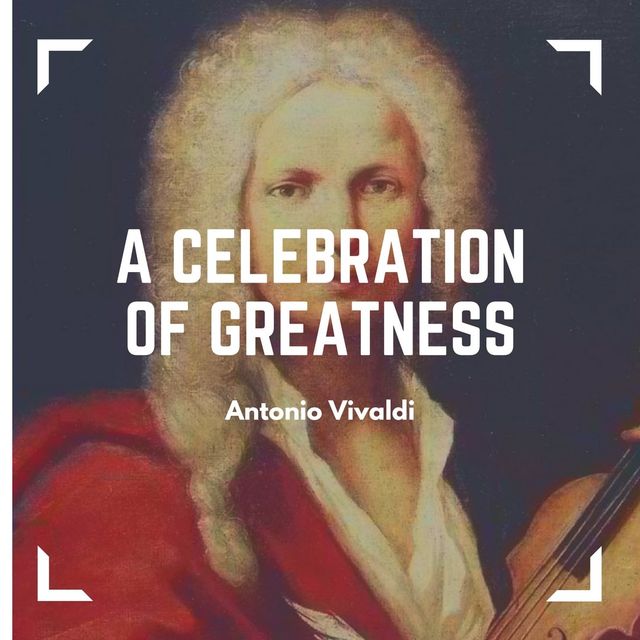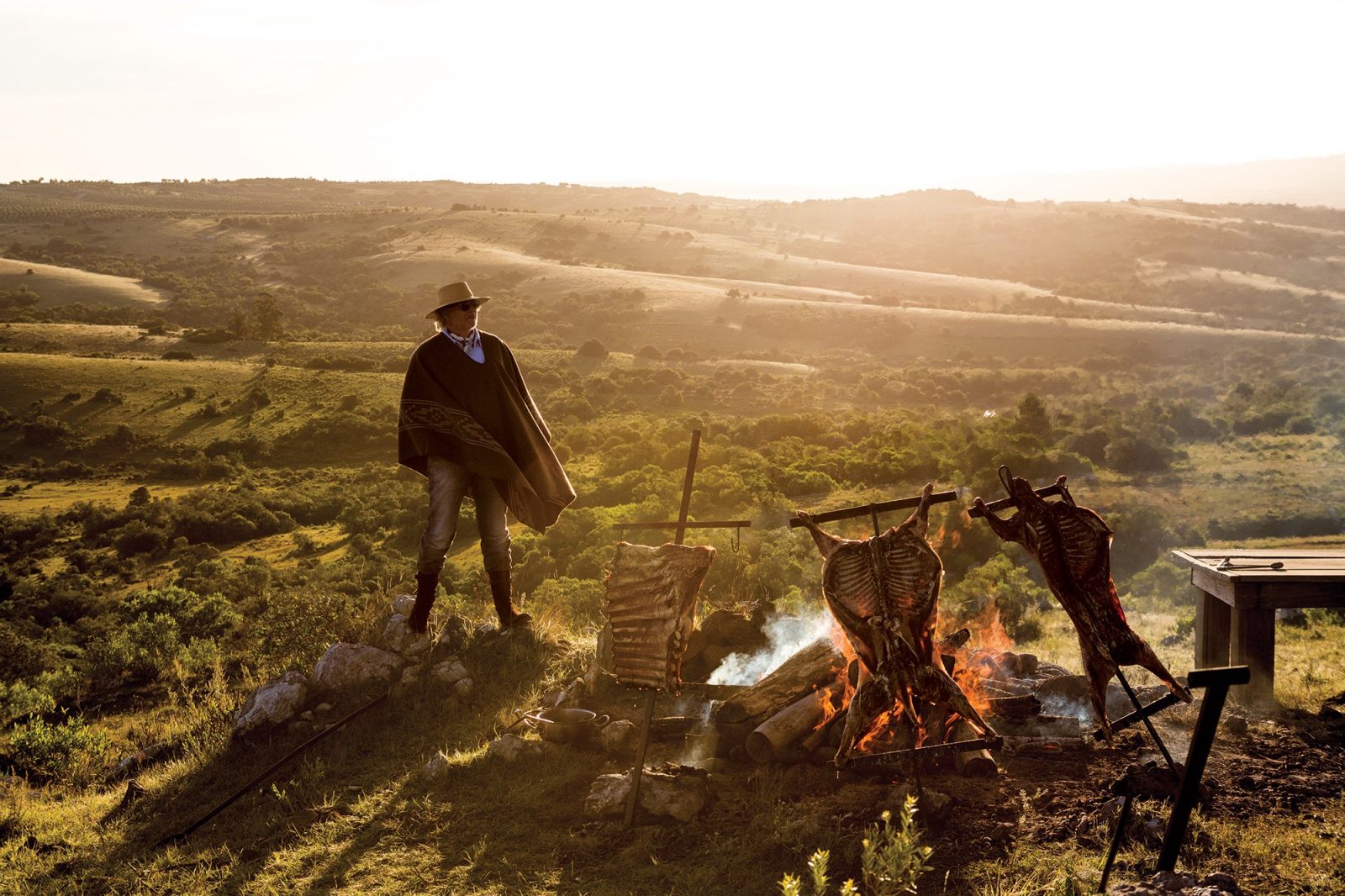TL;DR – Chef’s Table is one of the best documentary series on TV at the moment, beautifully filmed, amazingly crafted, and it will ruin you for other food documentaries and shows.


Score – 5/5 Stars
#FORMAT: BEACON #TARGET: #PREFIX: #TIMESTAMP: 2012-11-16T10:19:31UTC 45231631 Actinium 119317079 AngLee. Recomposed By Max Richter: Vivaldi, The Four Seasons: Summer 2 Max Richter, Daniel Hope, Konzerthaus Kammerorchester Berlin, Andre de Ridder. Recomposed By Max Richter: Vivaldi, The Four Seasons 3:59 0:30.
Review –
Without a doubt Chef’s Table is my favourite documentary series airing at the moment, it beautifully blends this look at gourmet food with the human stories of the chefs who create them. With the new mini-season Chef’s Table France airing I wanted to both review the new season and look as to why Chef’s Table works as well as it does. This season we get to see an insight into four very different chefs working on the frontier of the gastronomical scene in France the country oft considered to be the home of the best chefs in the world. Now as I am going through the season as a whole, and as such, there will probably would you would class as spoilers, so I recommend watching the four episodes first before you read this review, or not, it’s up to you I’m not your boss.
There are so many great things about this season, for example, it was not afraid to be confrontational, whether it is Adeline Grattard creating a fusion of French and Chinese food (in the right way) or Michel Troigrous explaining why he removed the dish that made his family’s restraint famous, and we see that really clearly in Episode One that focuses on Alain Passard who owns the restaurant L’Arpège in Paris (who indecently I spent the whole episode wondering where I have seen his face/ heard his name before, only to remember whilst writing this review that he was on Iron Chef). In a world where meat is king what happens if you discover killing animals emotionally wounds you? In this episode, Monsieur Passard takes us on his journey of finding the joy in farming and presenting vegetables as the chief focus of the meal. The episode reinforces his story by slowly making the cooking inserts more and more graphic, showing you the processes in the kitchen, like cleaning of foul which while necessary, is quite gory and not something we usually see today. Indeed even when he creating his signature dish ‘Chicken/Duck cooked in its own Hay’ there is an unsettling feeling that comes upon you as they sow the birds together. This technique allows you as a viewer to understand Monsieur Passard, to understand his motivations, and his journey, even if it was really confrontational.
Indeed this is where Chef’s Table shines, because let’s be honest for a moment, the subject material is probably the most pretentious thing you could have done a documentary series on, the places rich people go to eat. Most of us will never be able to afford to go to these restaurants featured on the show, but instead of creating distance these episodes create a bond between you the viewer and the chefs featured because each episode focuses on the human story. This makes the food is almost the secondary facet to the show, instead it is about the chef’s life, how were they raised, what experiences led them to where they are now, what struggles have they had to endure to realise their dreams, and what is their philosophy with regards to food. Now that list you just read might sound familiar if you have ever watched any of the multitudes of food-based reality TV that permeates at least the TV here in Australia. However unlike those programs, Chef’s Table is not exploring these ideas to manufacture drama to get viewers to tune in, here the filmmakers are using those themes to craft an emotionally poignant story.


Vivaldi Chef's Table Menu
We see this done exceptionally well in Episode Two with Alexandre Couillon who runs the La Marine in Noirmoutier. Monsieur Couillon from the outset seems quite brash and confrontational, but that’s just a guise to get you to go, ‘oh he’s this sort of chef’ only to change it up on you. It completely subverts your expectations and instead you get a beautifully crafted story of a man who is trying to escape the stigma of his last name, trying to create a fine dining restaurant in an area with no history of fine dining, and most importantly being a father to two daughters. What happens when you work in an industry that still incredible gendered and your daughter goes ‘dad I want to follow in your footsteps’, you can’t help but feel all the emotions. Indeed the part where he makes an apple pie with his daughter Emma was the most touching moment in the entire season. Each episode focuses on these human stories, stories that we can all relate to, and stories that each and every one will make you feel.
Another of the reasons why Chef’s Table works as well as it does is that it is able to create a style across the season so that for each episode it does not matter who is directing or filming, they all feel like a part of a single whole. This is done through many different techniques, for example using the same kind of font for every on-screen note, the episode will be inter-cut with key food critics of the area, all the music is classical in tone, there will be a montage of food at some point near the end, and certain signature filming techniques used. You can see a clear example of this in the title sequence, with its use of Vivaldi’s ‘Winter’ undercut with a montage of images/videos from the upcoming season, which with each episode makes a bit more sense as you understand the motivations behind each image. Chef’s Table uses some really interesting filming techniques, like the silent walk and talk, the sped up slow pan, the montage under voiceover, the use of fire and smoke, it all works together to be technically one of the most brilliant things on TV at the moment.
However, the creators are not afraid to through these conventions out if it makes a better episode. We see that with Episode Three which focuses on Adeline Grattard who runs Yam’Tcha in Paris. The episode opens on food critic François Simon discussing Yam’Tcha, but there is something immediately different, first it opens on Monsieur Simon hands as he discusses the role of a food critic but when it pulls out he is placed in silhouette you never get to see his face. This is completely different to anything that has come before, and it gives the episode an air of mystery like there is a secret that you are being let into, and this sets the tone for the rest of the episode.
Finally, the role of music in the show cannot be championed enough, from that opening title sequence when Vivaldi’s ‘Winter’ hits you like a freight train and does not let you go until the end, it is such the perfect piece of music and that is true of all the show. This strength is replicated throughout the show with a consistent use of classical music, both traditional pieces like Beethoven’s String Quartet No. 14 and originally created works by Duncan Thum. These original works and traditional pieces of music flow together with such grace and are the perfect accompaniment to what is on screen. For example in Episode Four, Michel Troigrous is explaining how he came to bring a new interpretation to the classic Salmon and Sorrel dish back to his restaurant La Maison Troisgros after controversially removing it from the menu when he took over from his father. You have just the right style of music to accent the scene, it starts with a piano number, which while soft in volume has a pulsating feel to it as it runs, which reinforces the fact that this is a very precise and quickly cooked dish, as in timed to the second, but it also give a lyrical almost magical feeling to the moment, reinforcing that this is a special moment. However, Chef’s Table also knows when to cut the music and just have the ambient sounds of the kitchen be the soundtrack to a scene, which gives moments of quiet intimacy to the episode. For me at least, music can be the most important part of a show, it’s what stays with me the longest, and here it is done to perfection.
Chef’s Table is a masterpiece in filming, it is a masterpiece in showing human stories, and it is a masterpiece in showing the very nature of the food we eat. I highly recommend Chef’s Table, all of it not just France. The best compliment I can ever give a show is that I can’t wait for the next season, as in I want it now, like right now, please and thank-you.
By Brian MacNamara: You can follow Brian on Twitter Here, when he’s not chatting about Movies and TV, he’ll be talking about International Relations, or the Solar System.
Vivaldi Chef's Table Chicago
Have you seen Chef’s Table France?, let us know what you thought in the comments below, feel free to share this review on any of the social medias and you can follow us Here. Check out all our past reviews and articles Here, and have a happy day.
Vivaldi Chef's Tables
Directed by – David Gelb (Episode 1&4), Clay Jeter (Episode 2) & Andrew Fried (Episode 3)
Music By – Duncan Thum
Created by – David Gelb
Featuring – Alain Passard, Alexandre Couillon, Adeline Grattard & Michel Troigrous
